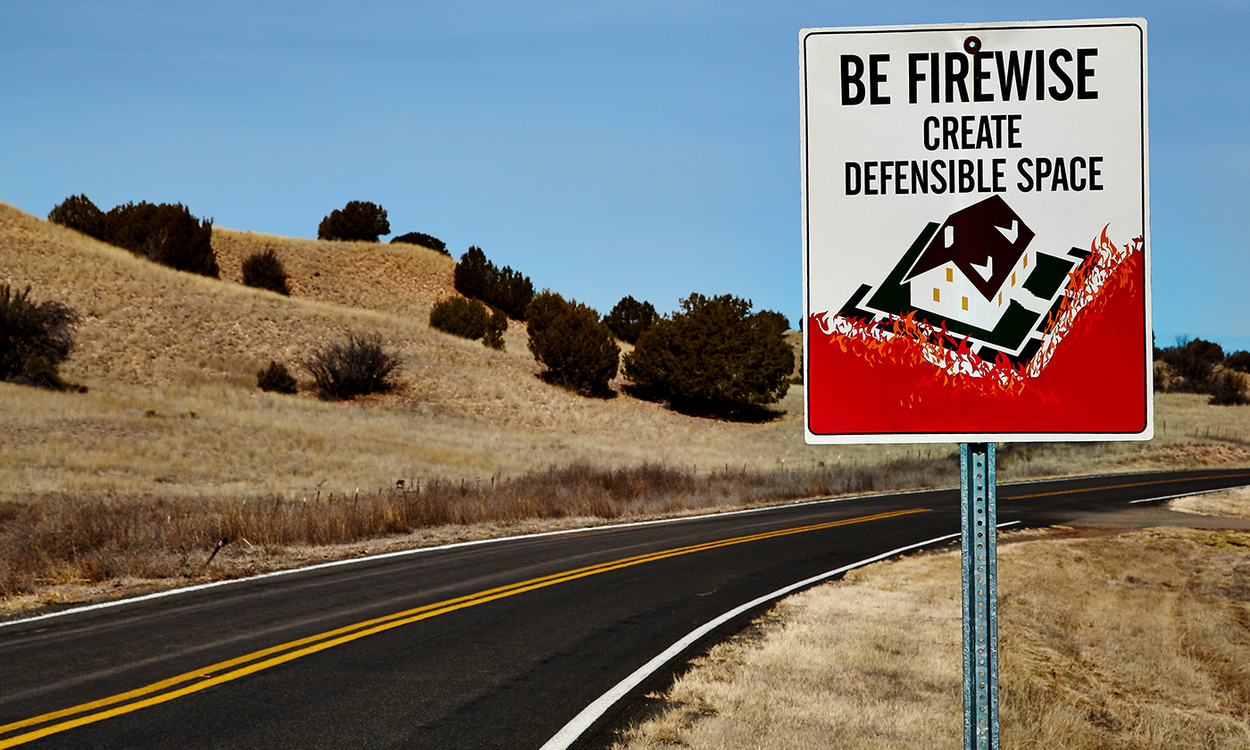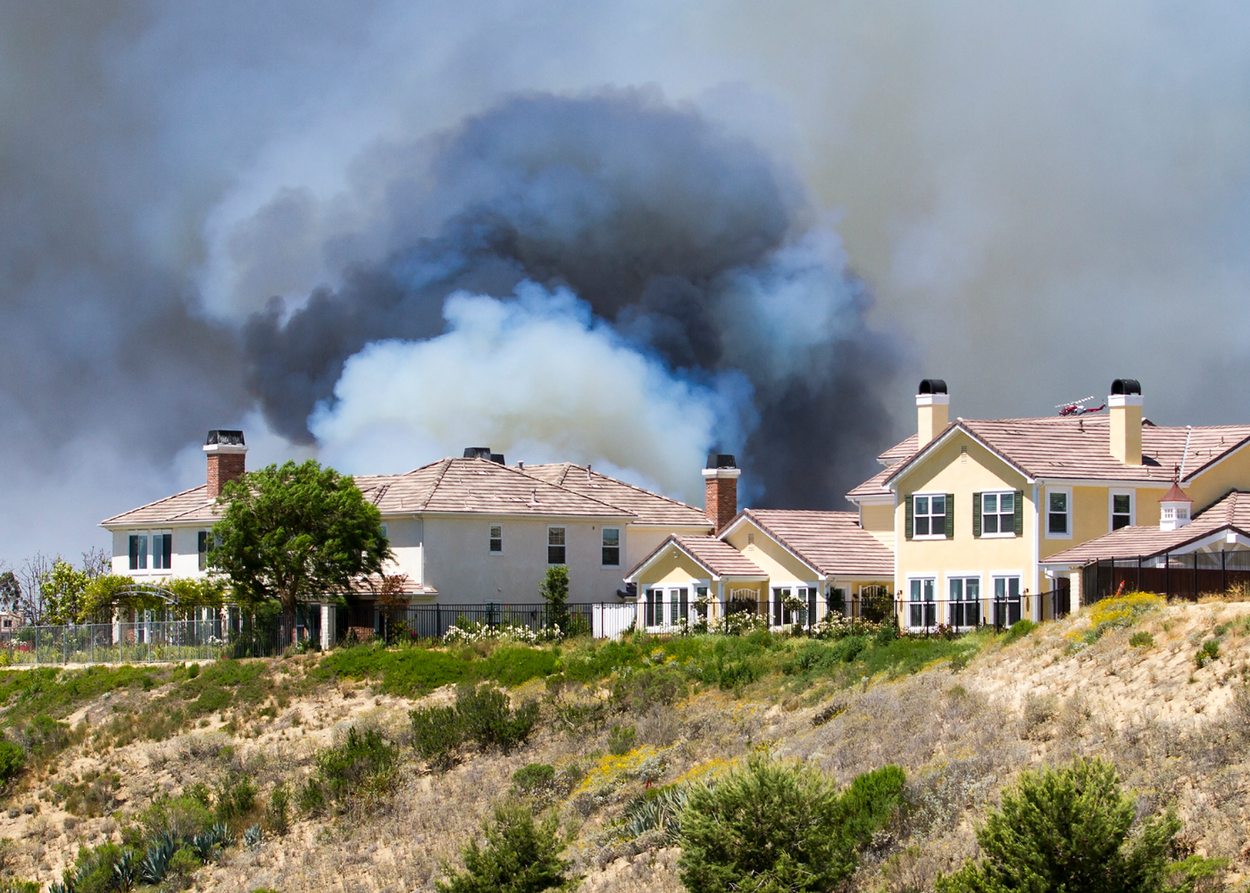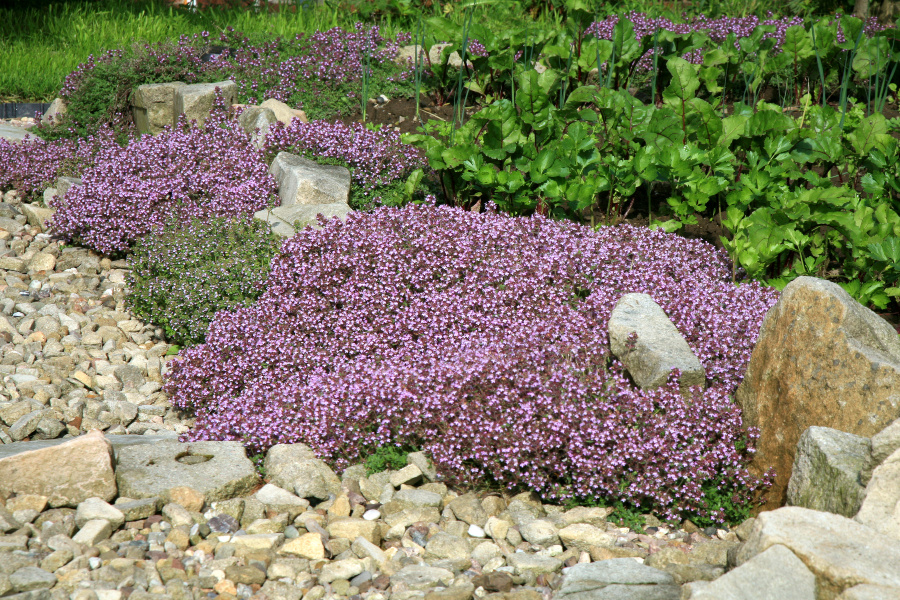BrightView Teamwork Helps Safeguard Pepperdine University After Wildfires

The greater Los Angeles area was ravaged at the end of 2024 from multiple wildfires. One of them, the Franklin Fire, burned through more than 4,000 acres in Malibu, which included some of the campus of Pepperdine University.
However, the university was largely spared due to its buildings built with fire-resistant materials and its fire-resistant landscaping. The campus has made sure to include native plants and consistently have 200 feet of brush around every building cleared. The hillsides surrounding the campus didn’t fare as well. BrightView, who has been providing enhancement work for the university for the last seven years, was called in when rain threatened the devastated landscape.
“Many hillsides within their campus were scorched, and the landscape in most of those areas was destroyed with little wild vegetation beginning to grow back,” said Derek Green, Enhancement Manager for BrightView’s Conejo Valley branch.
Though the wildfire prevention worked, the blaze burned right before the rainy season in southern California, creating fears of erosion.
“Our main focus was the areas where the surficial soil had already moved and areas where the slump of the surficial soil caused broken concrete swales above,” Green said. “We had completed work in many areas due to the campus being located on one big hillside.”
The first step was to remove all the dead vegetation from the area and flatten it both by hand and with equipment. This area was then laid with sheeting and straw wattle, which was secured with sandbags and wood stakes strategically placed to direct the flow of any stormwater. Some areas were given extra care with hydroseeding to better stabilize the landscape and promote new plant growth.
It took BrightView’s team working every day for two months with up to 25 team members at a time to complete the work. Green, whose team is usually just eight people, teamed up with as many as 18 colleagues from BrightView’s local Development team to help meet the expedited deadline.
“The work we did helped reduce a major threat to the university after the rains and heavy wind they had, and everything we installed held up very well,” Green said. “The collaboration between our Maintenance and Development teams helped build an everlasting relationship between us. Words cannot describe how proud I am of them all and am honored to be on a team with such hardworking and intelligent people. They are family to me and I feel like we can accomplish anything as long as we are working together.”






 You can’t talk about drought without talking about water conservation! Hear from industry leaders and local BrightView experts as they reveal key strategies to conserve water while maintaining a beautiful landscape.
You can’t talk about drought without talking about water conservation! Hear from industry leaders and local BrightView experts as they reveal key strategies to conserve water while maintaining a beautiful landscape.


















